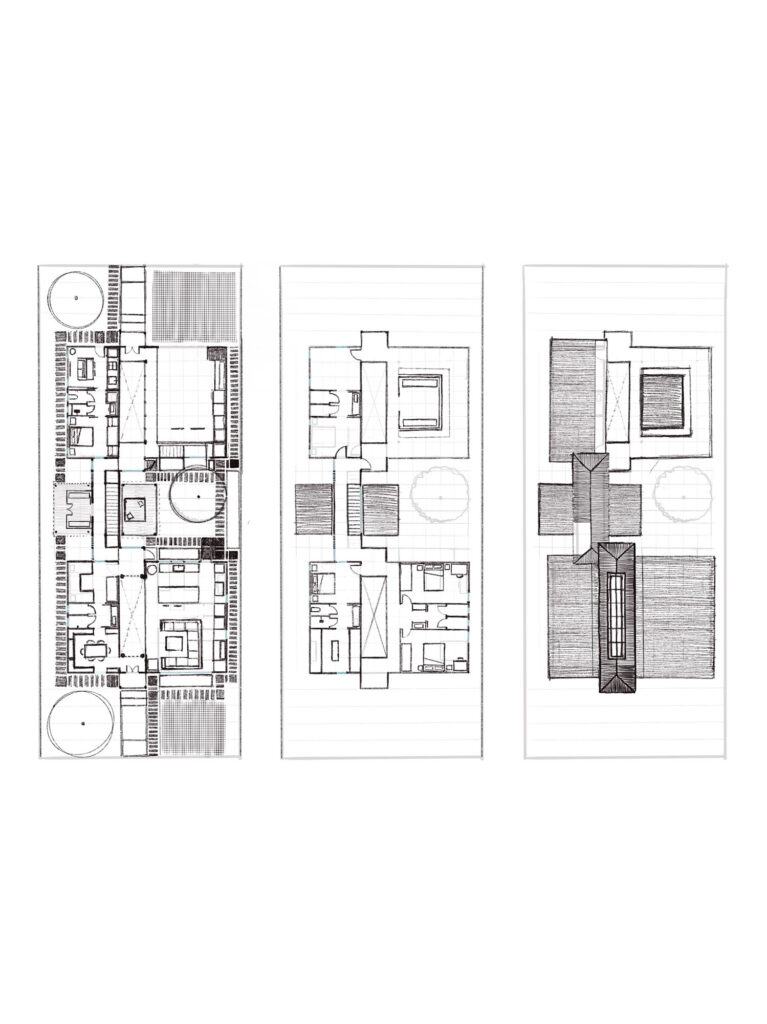What are we doing to make this happen?
Vancouver Project
The first idea and proof of concept is the analysis of Vancouver housing problem.
What can we do to help the coming population of Vancouver grow in a home that encourages community and intergenerational relationships to develop.
There are many layers for a complex idea like this. And to avoid paralysis we need to start identifying some key data point:
- Vancouver has a Transit Oriented Development policy that encourages high density areas in proximity to mayor transit hubs. That in exchange creates communities in high rise buildings that move quickly to and form the transit system.
- There is a geographical limitation for urban spread due to the border with the United Stated of America and difficult to develop mountains around Vancouver. Creating the land close to the existing urban services exclusive.
- Vancouver has a very high price per square meter compared to other Canadian cities. Making the idea of owning a home a far fetch pith for young people.
- The proximity to Asia and the Unites States of America makes the Vancouver port attractive for import and export through maritime and aerial. This facilitates the idea of Vancouver as a temporary city where people come for projects or to start but not to stay.
- The weather in Vancouver is rain and shine with most of it being rain. Creating light scarce and humidity abundant. People can find this hard to live with. Seasonal depression is a real data point to consider.
There are many relationships between those data points that we would like to analyze further. One relationship that has become the first focus of this idea is the link between the not transit oriented developments which are mostly single family homes and the how they are being used to address the demand for housing.
We went looking and asking and it’s surprising how form the outside you might walk in a detached house neighborhood and see one house. But when you meet and see how many families live there the answer is usually 2 or 3. Houses are adapted, basements, attics, first level partitions, garages, etc.
Every square meter can become a new apartment. And by doing so you usually find spaces that you would never thing are rooms get referred as such. In this need for space and accessibility being monetary only. A single family home can turn into a four or six unit apartment building. Questions rose from this observation.
What are the main principles that allow these spaces to operate?
Are people encourage to move to these type of housing units?
Do they create a micro-community or they isolate themselves?
How is the authority responding to these reality?
Is buying the home ever an option for the people that live in it?
What is the demographic of people that own and people that rent these spaces?
From this question we were able to see two relationships that make the start of a possible focus area. The first is that there is an authority definition for this; multiple conversion dwelling. This Multiple conversion welling then has rules and requirements. The second is that the ownership median age in Vancouver is 37 Years old and the average prices is over one million Canadian dollars.
So how could we think of ideas around a house that turns into a home for multiple people, from multiple cultures, in an expensive city, with a rainy weather, under the authority’s rules, that can be made with an existing house, and encourages community. The idea has a new framework. And then the path for this first solution became visible.
How to ideate of a modular space that can be used in different stages and by different people but keeps in mind future ownership and cultural differences.
We started to put pencil on paper. With some big questions.
What spaces we can’t miss?
What aspects of a home create community?
What does independent and co-dependent spaces are necesary?
What is the most valuable principles of a home in Vancouver under this framework?
How to separate the modules but keep the home as a unit?
New questions with bigger research pools. But again, we need to avoid paralysis. So we went out and had table conversations around a home and a house, about owning and the future, cultural ideas and spaces.
We came back with the idea that a central space is a culturally valued space. Barbeques, parties, meditation gardens, picnics, courtyards, secret gardens, etc. All ideas from different places of the world but valued as the soul of the home. An open space all other are organized around.
Also independent but a perspective that you could eventually own your own space. Making a modular space that can be accessed and the way in doesn’t feel like you are entering a lesser space. The dignity of arriving at your home. Not through a garage door. Something that even of your space is small you feel proud of. That encourages maintain the home.
How light is a precious element. Keeping soft Vancouver light maintaining privacy. With these elements we started drafting some ideas.
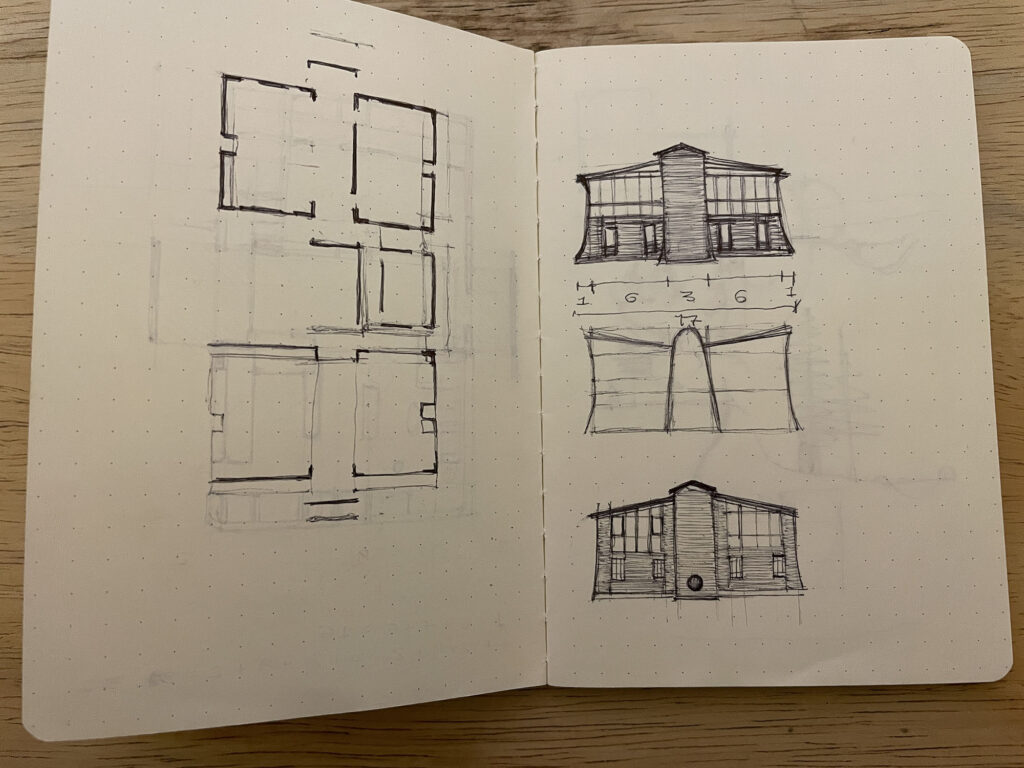
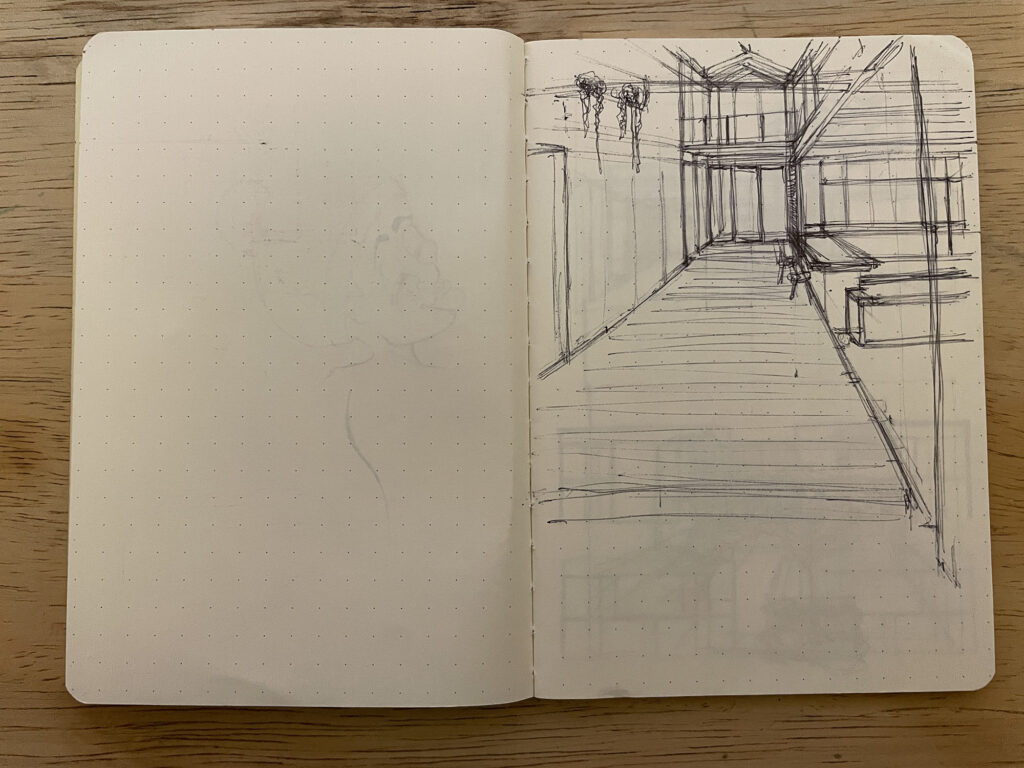
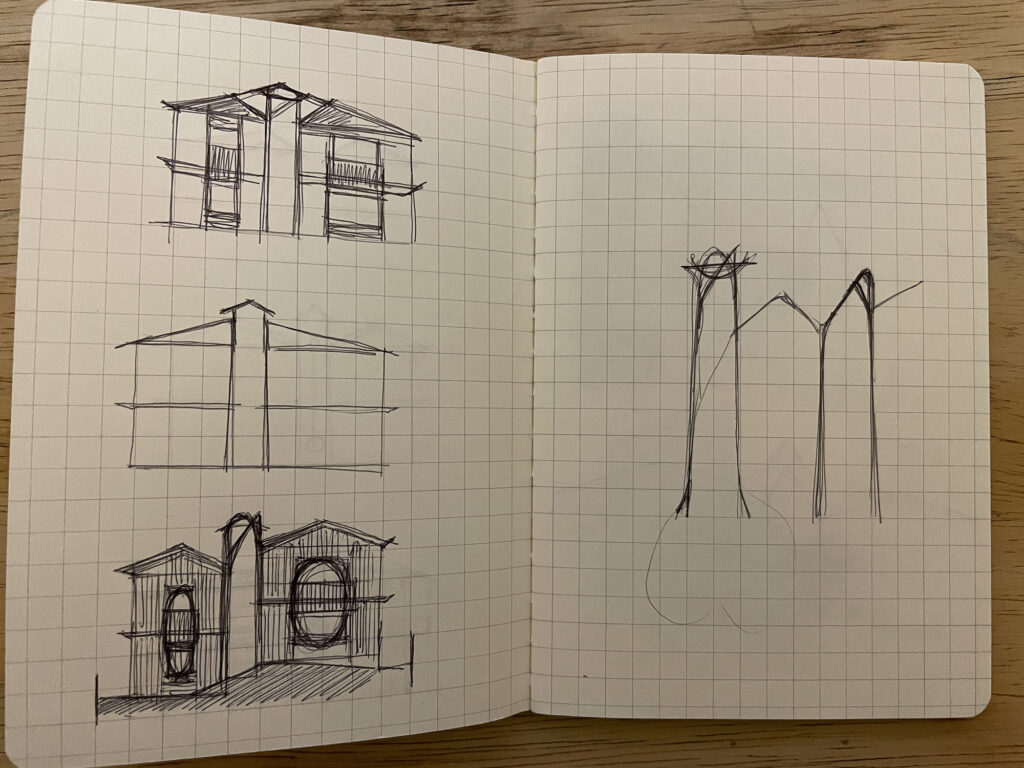
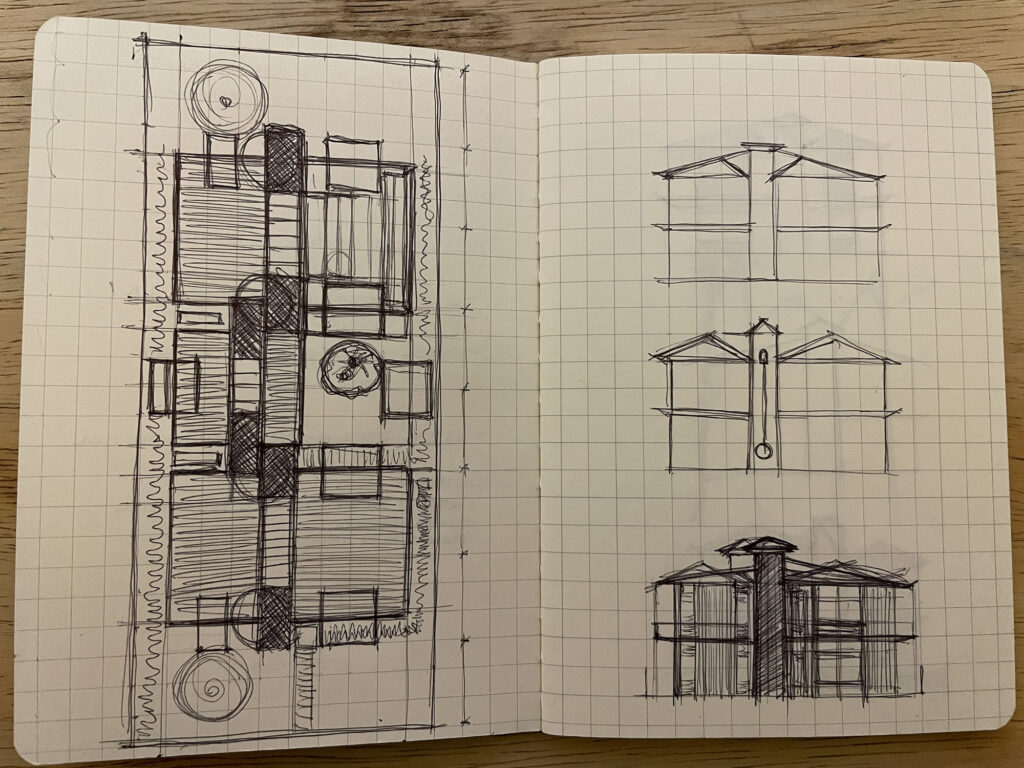
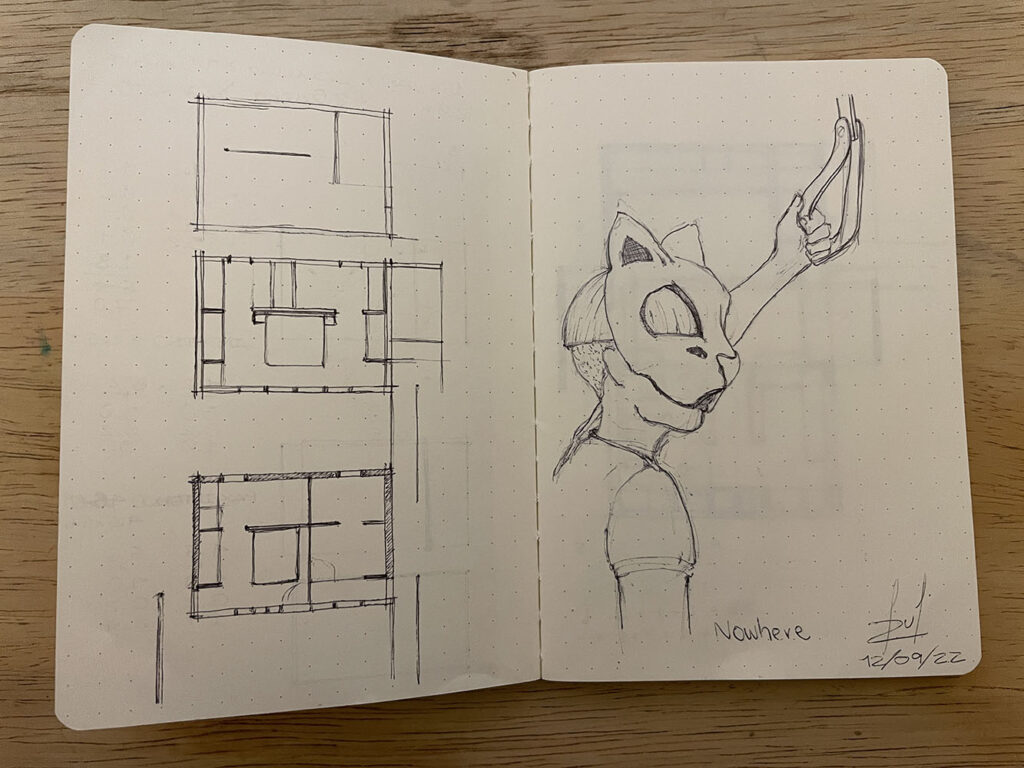
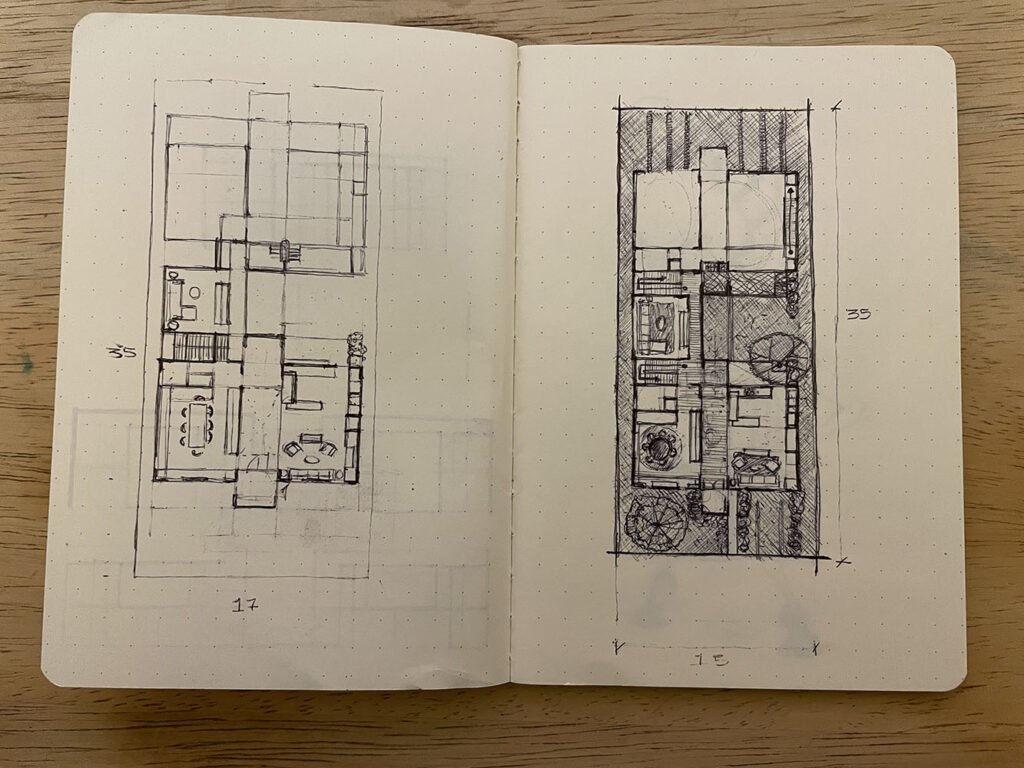
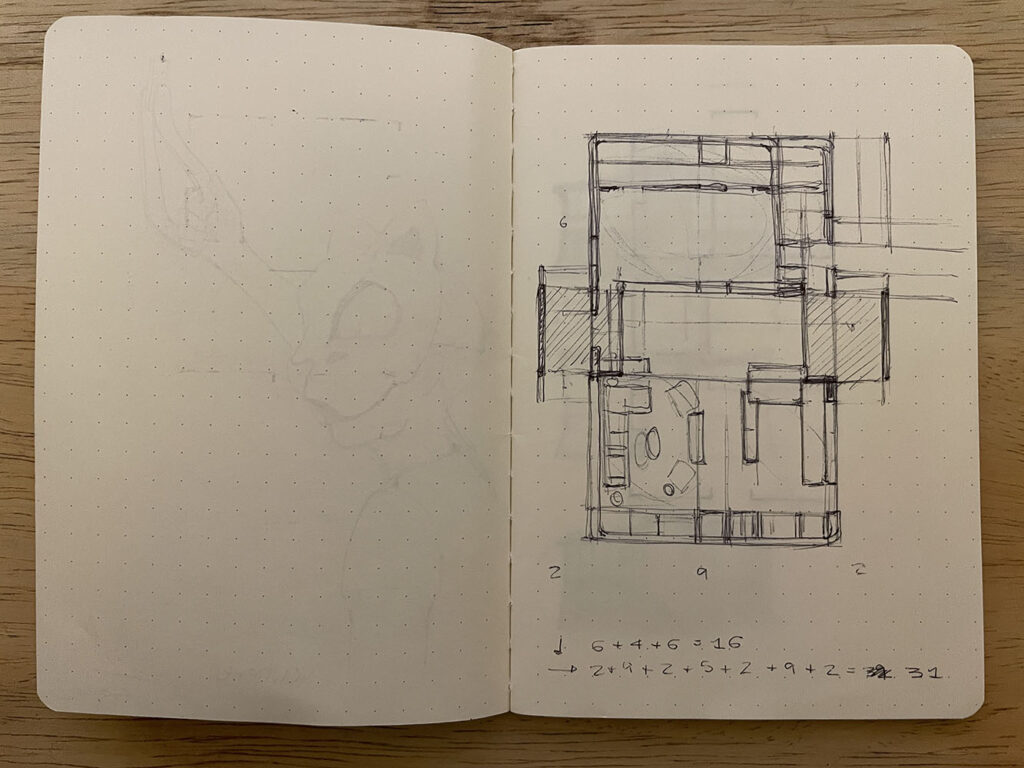
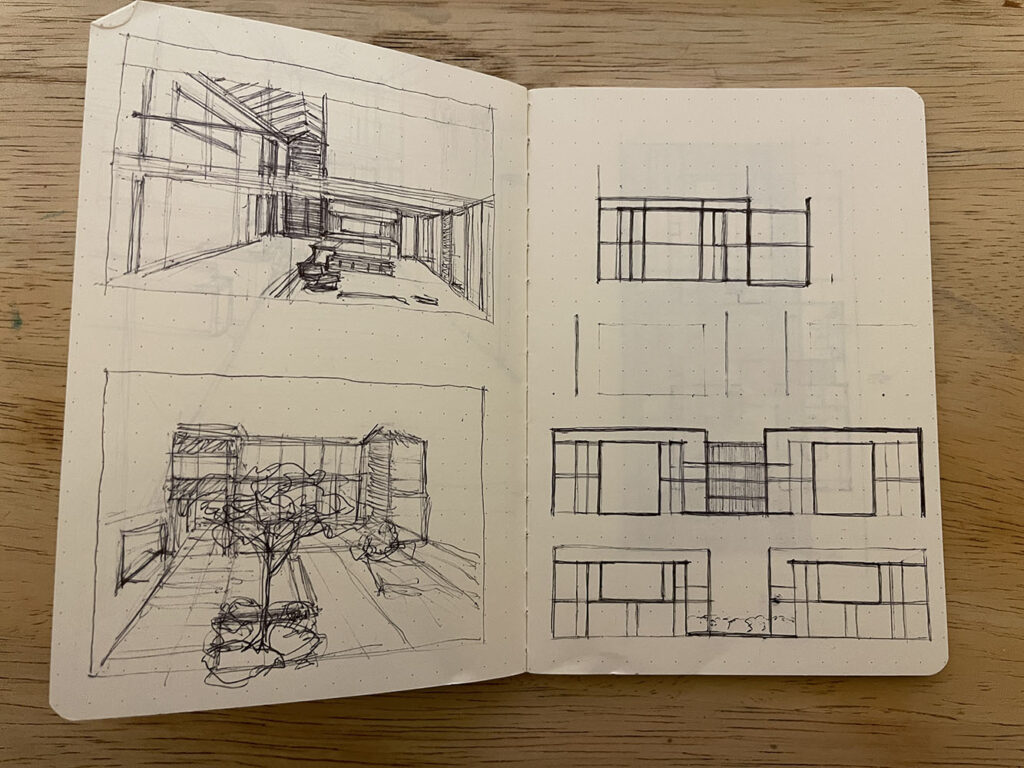
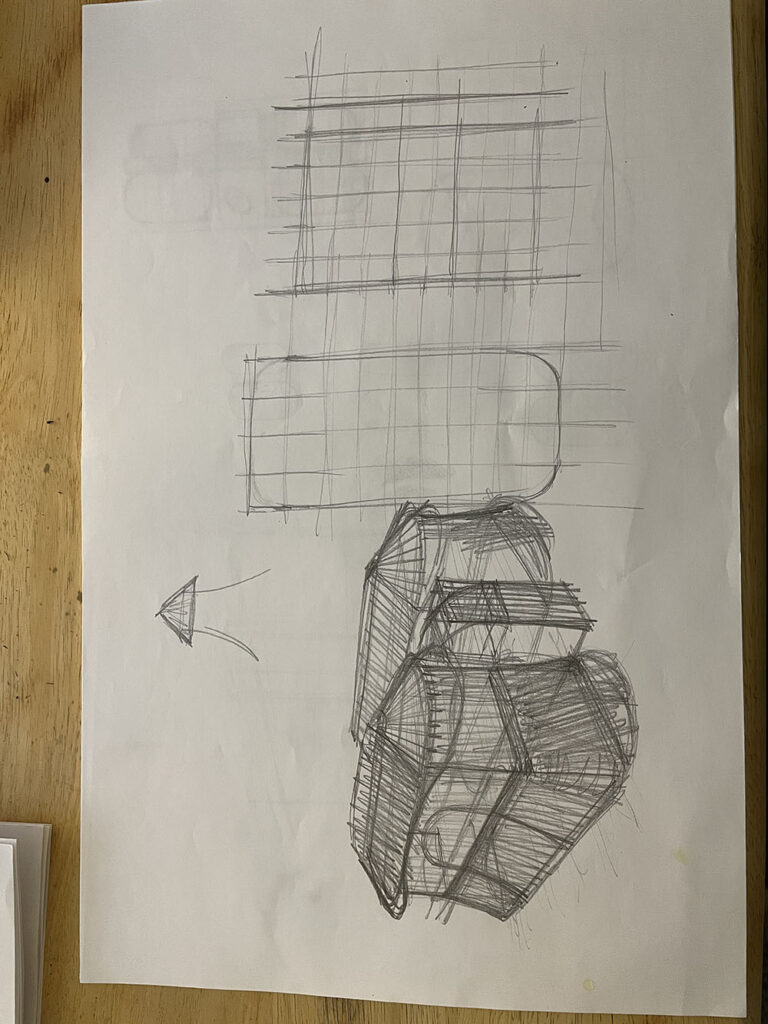
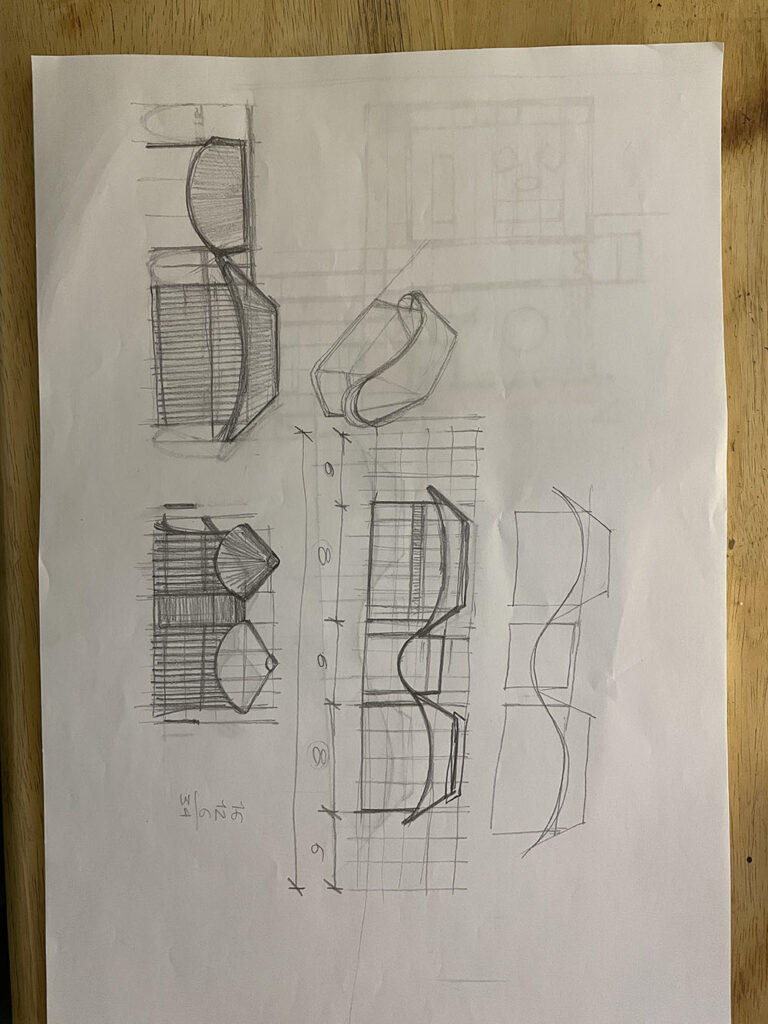
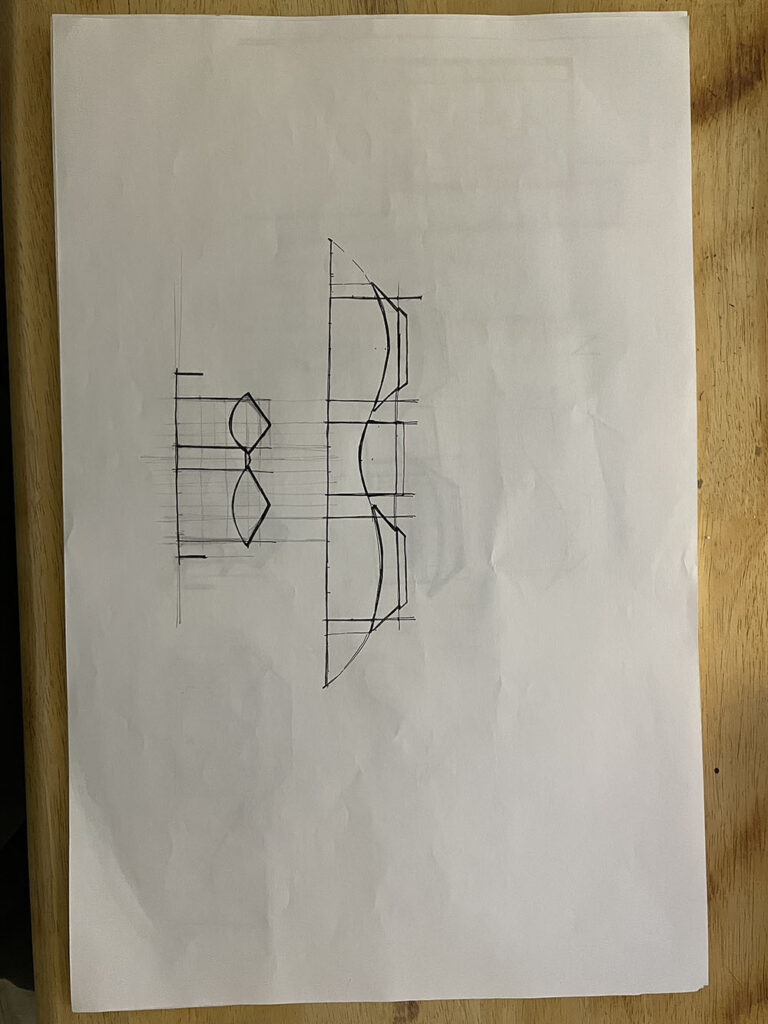
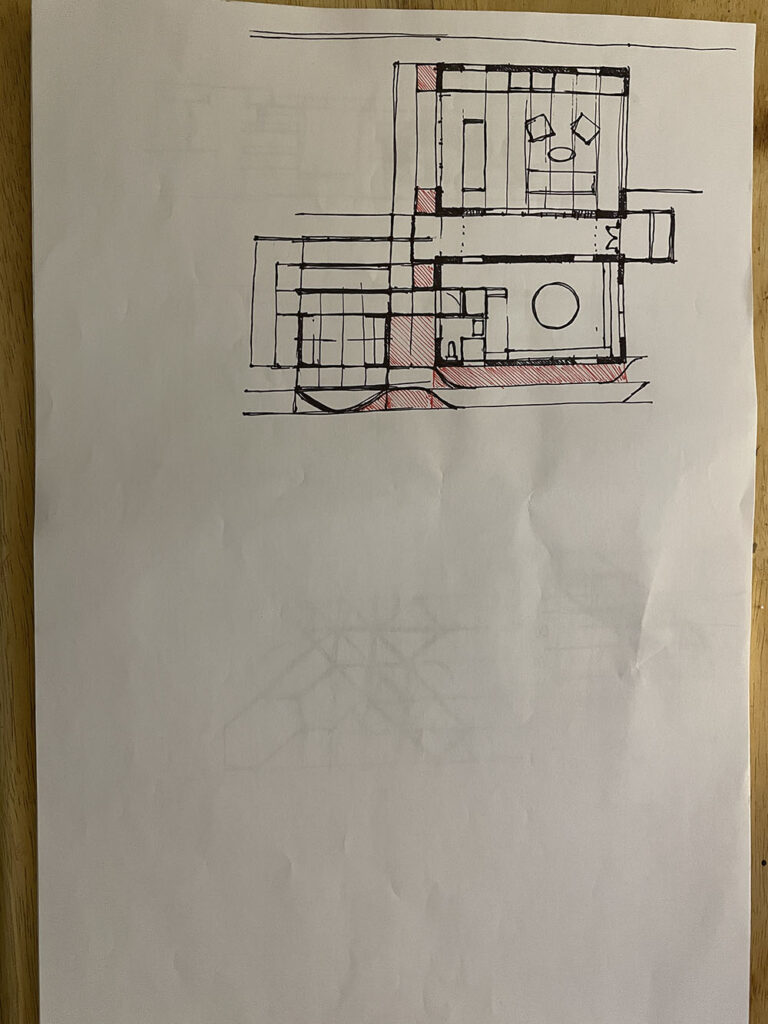
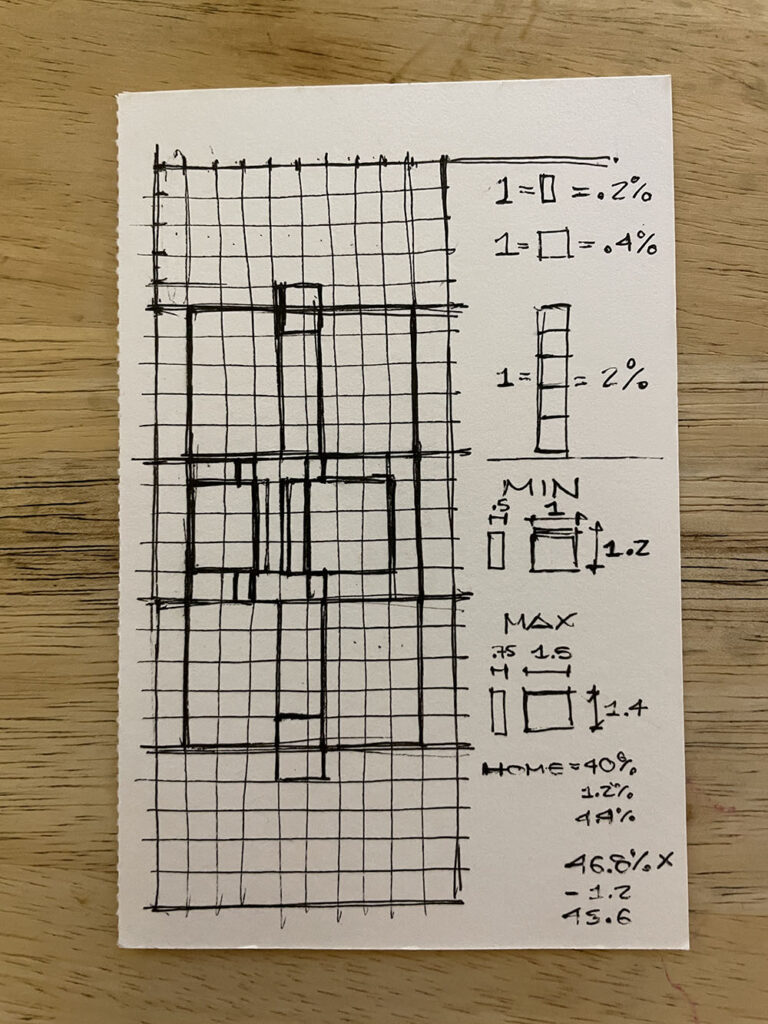
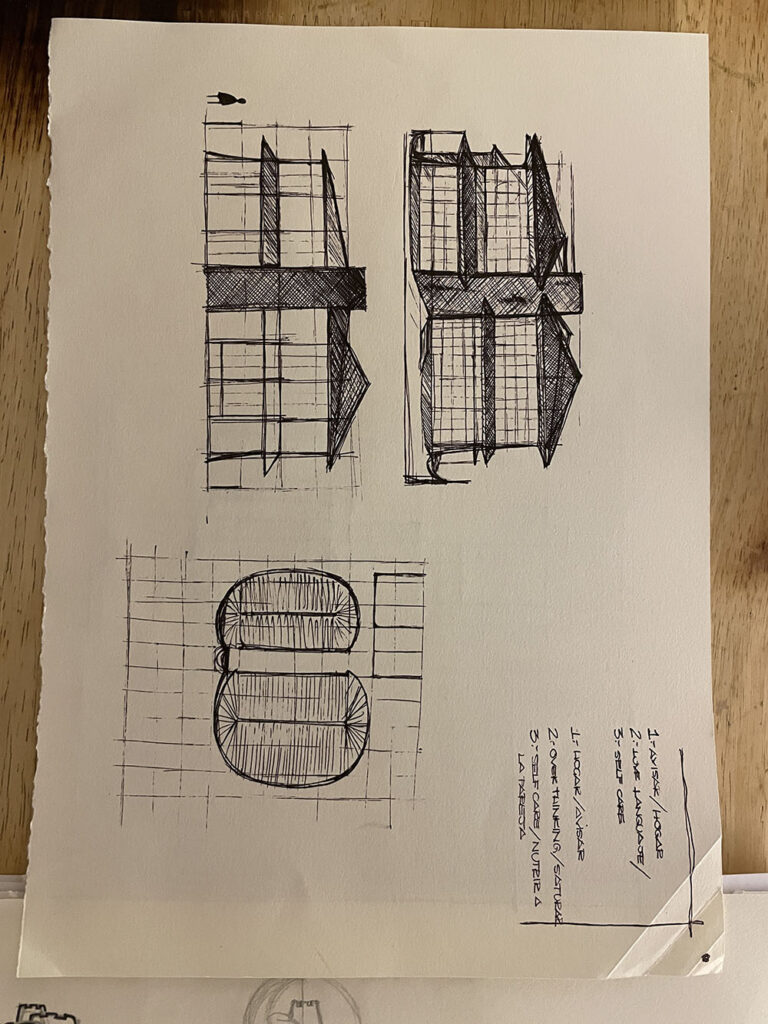
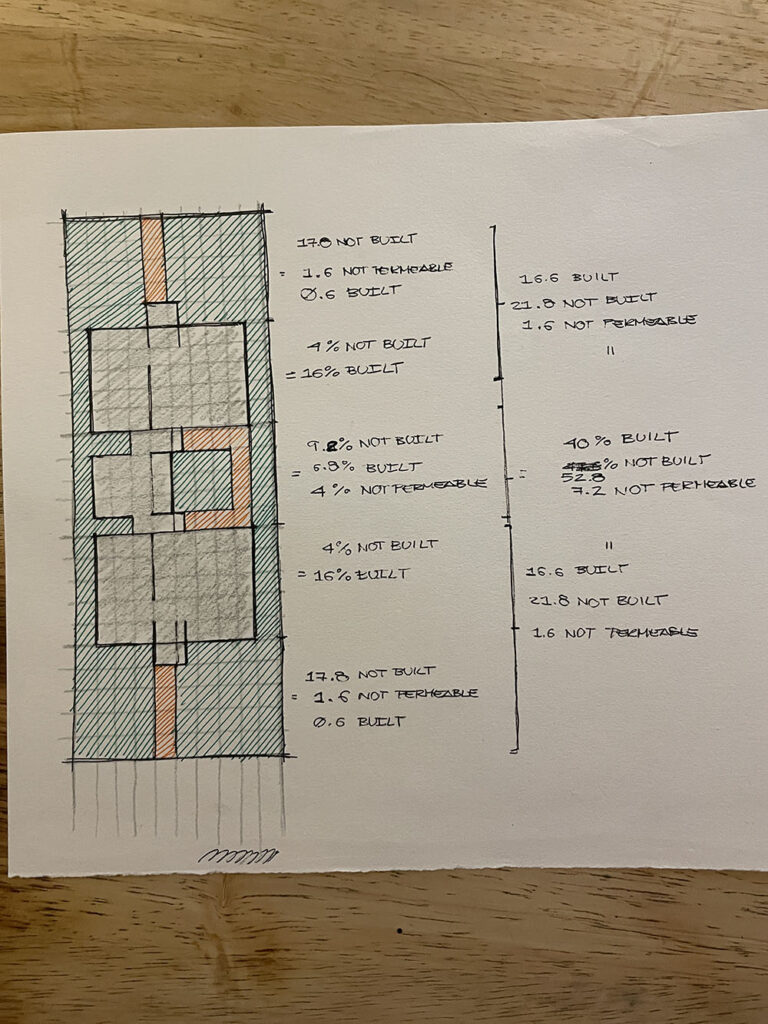
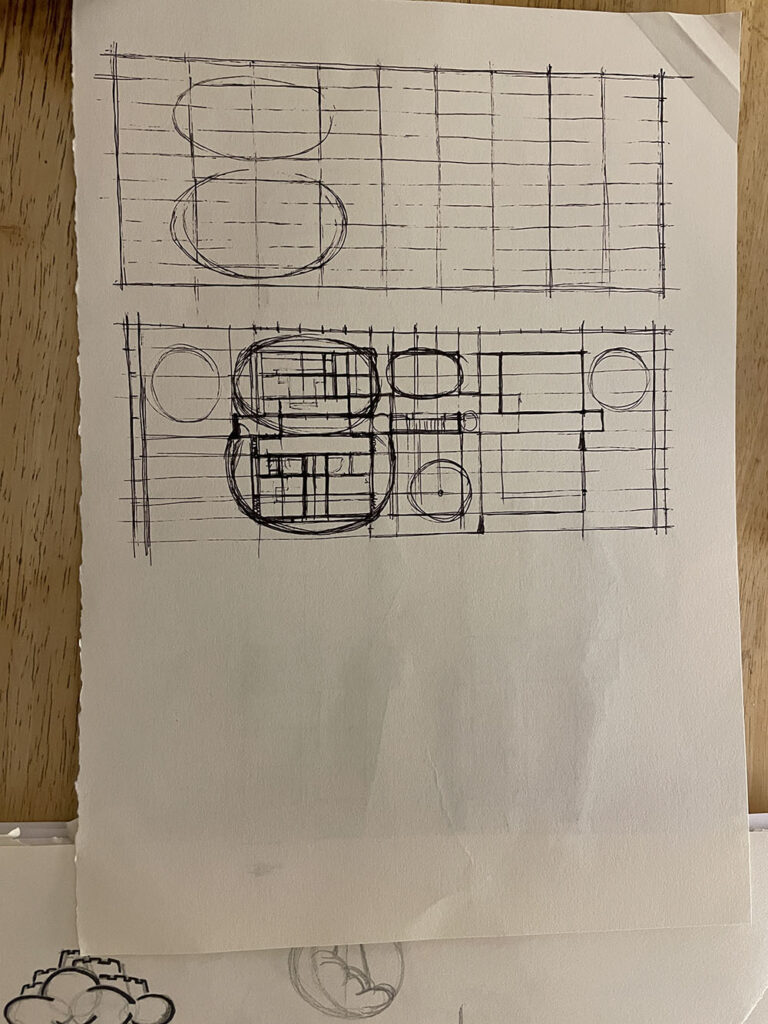
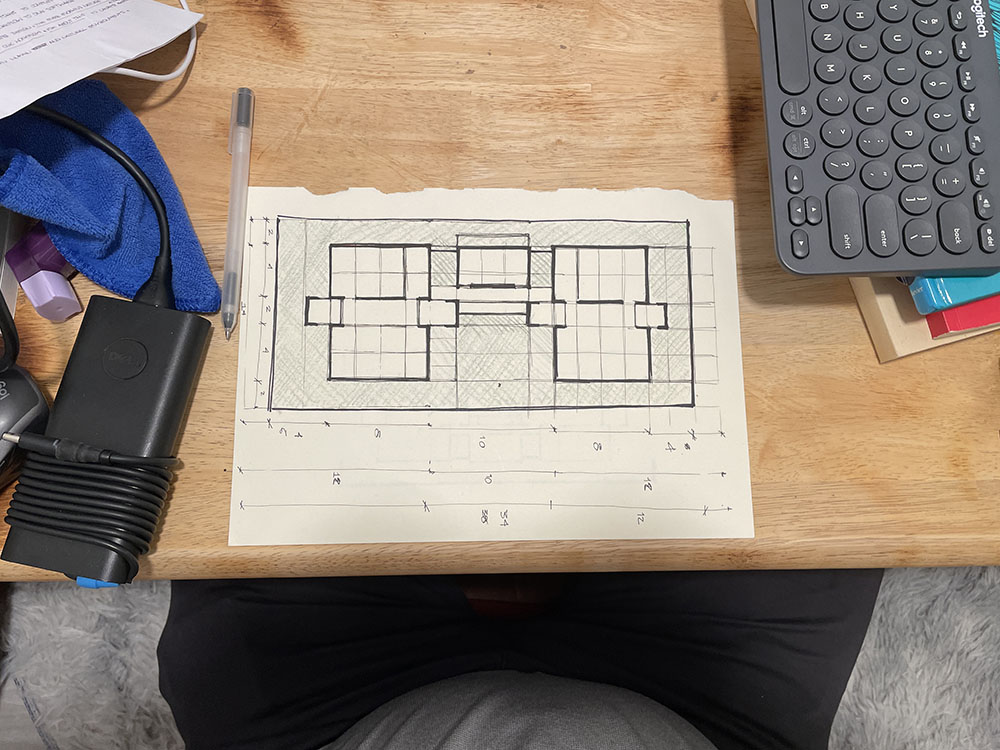
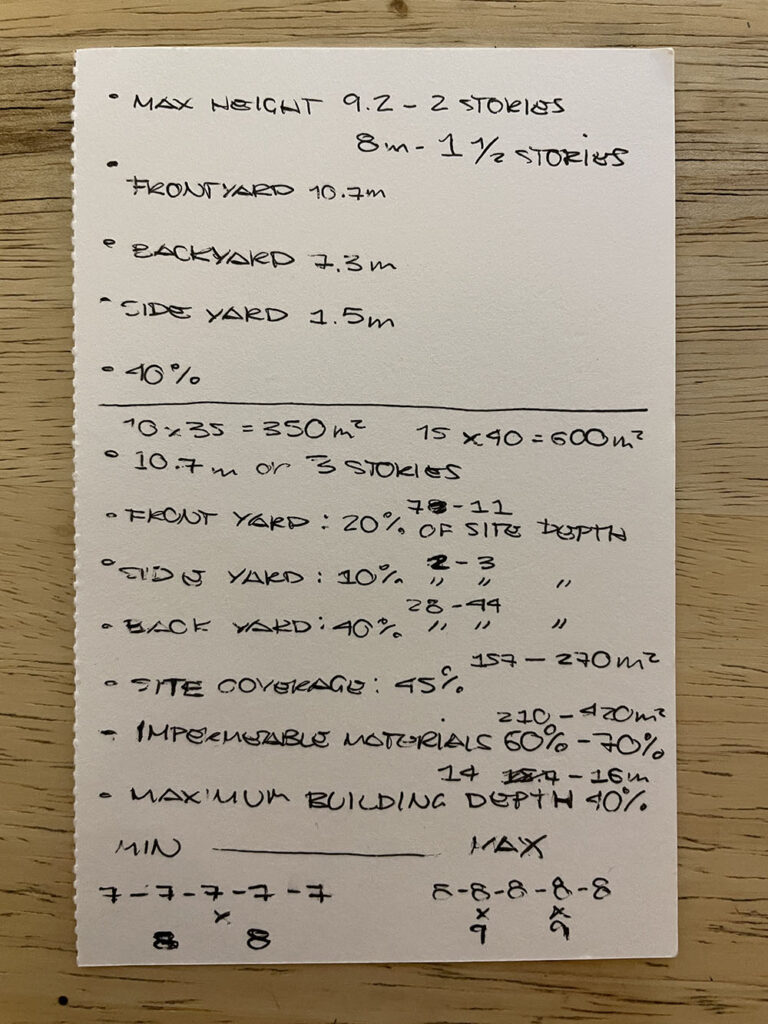
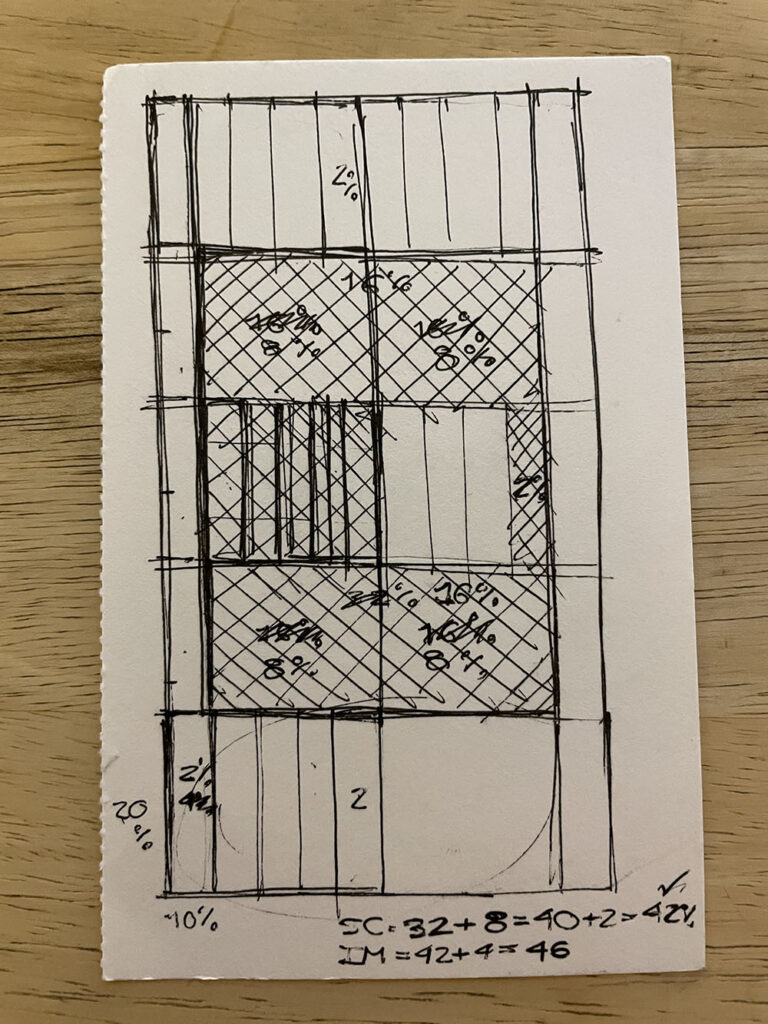
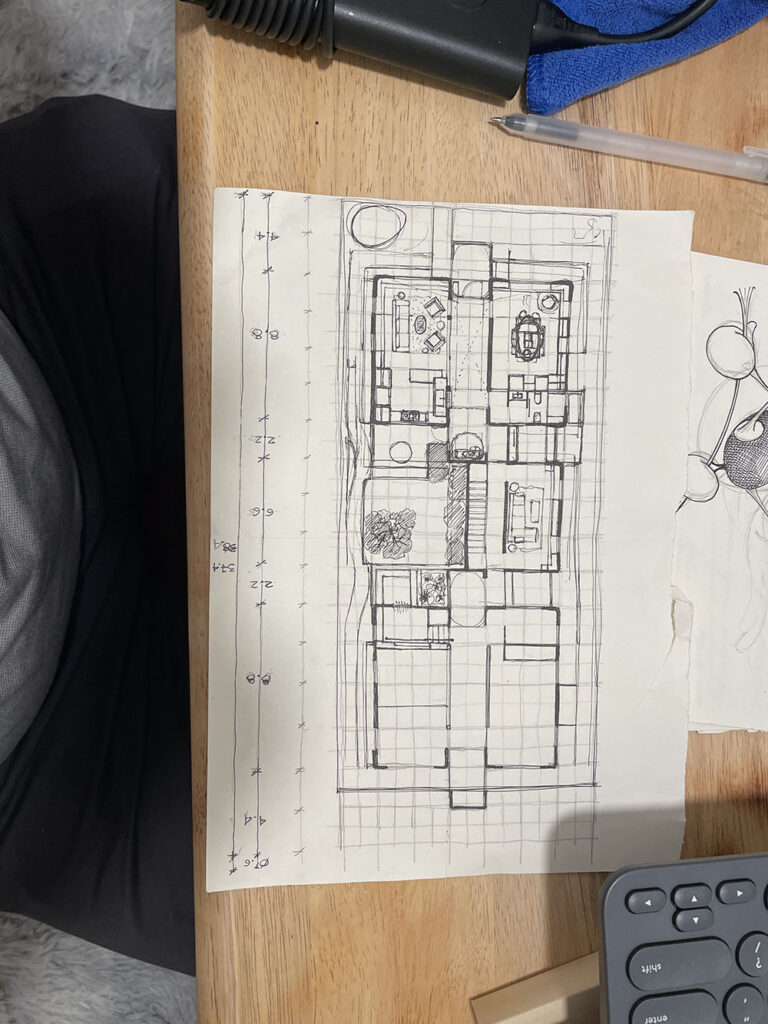
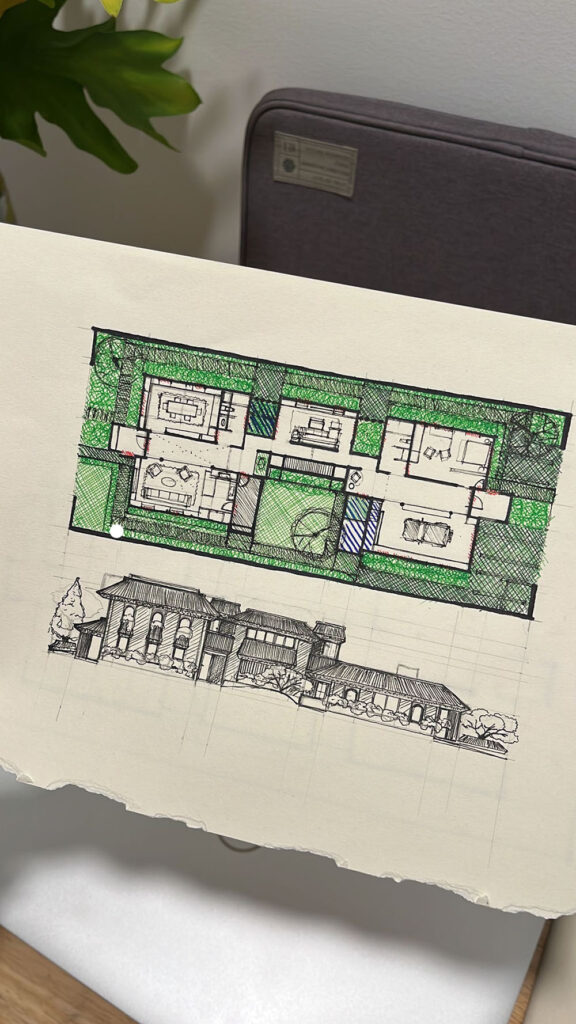
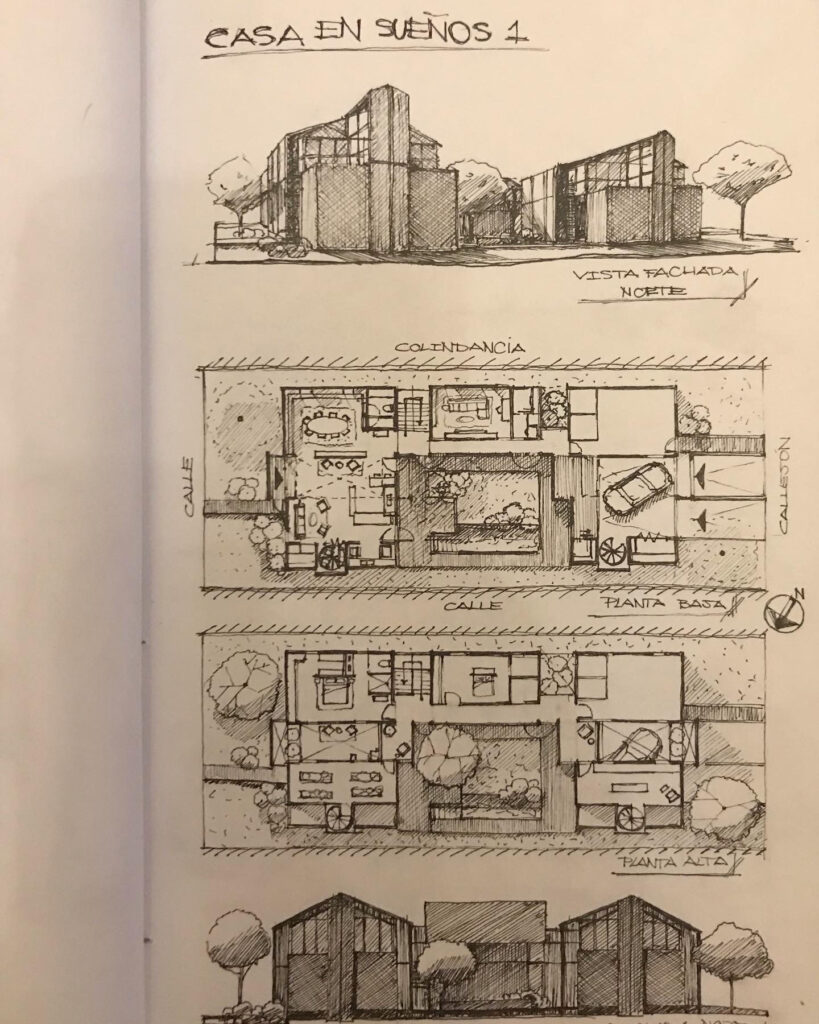
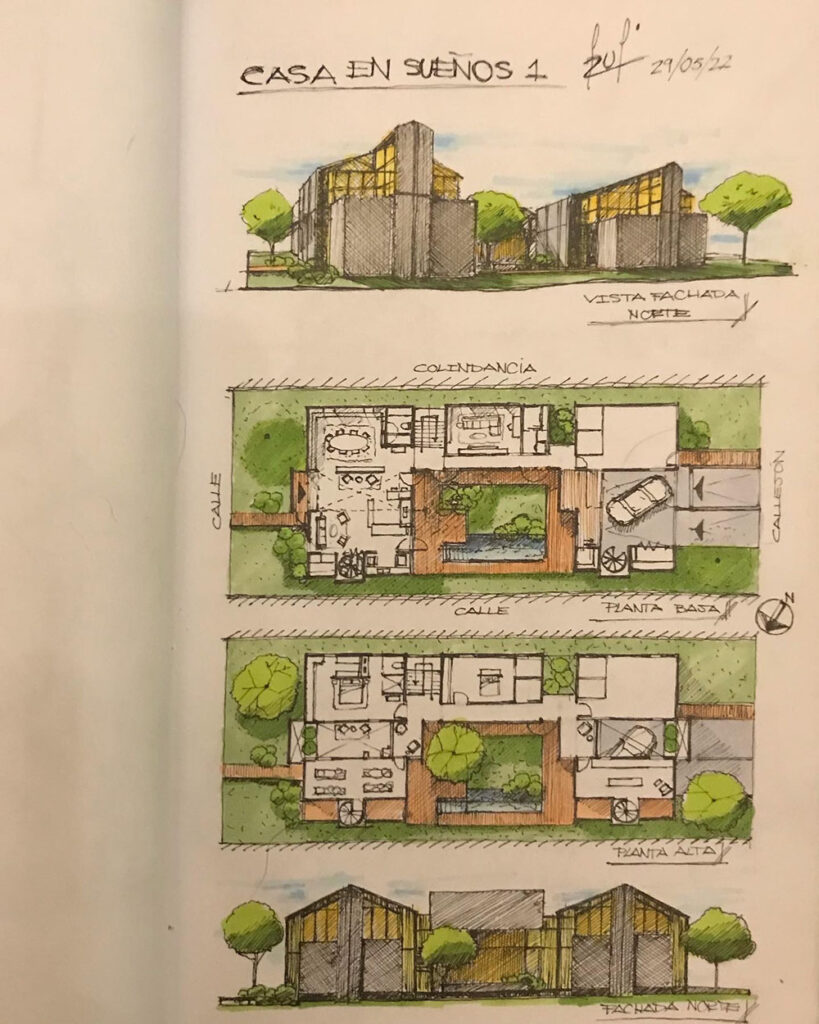
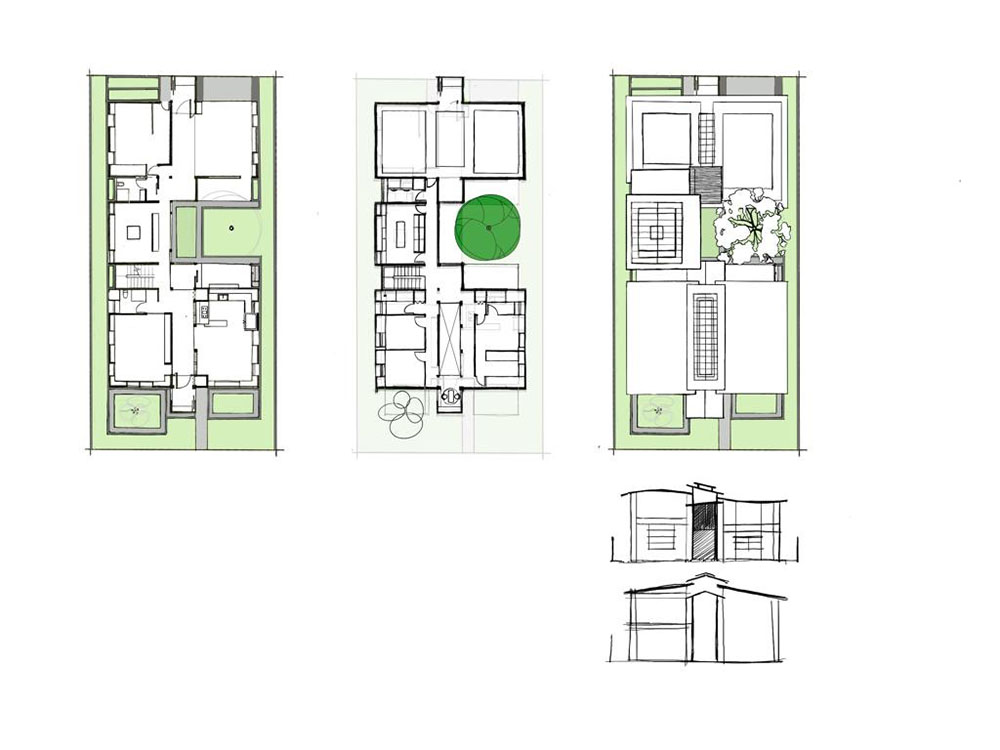
Here is were we are now. And we want to start a collaborative effort with this. We are working to make this happen.
